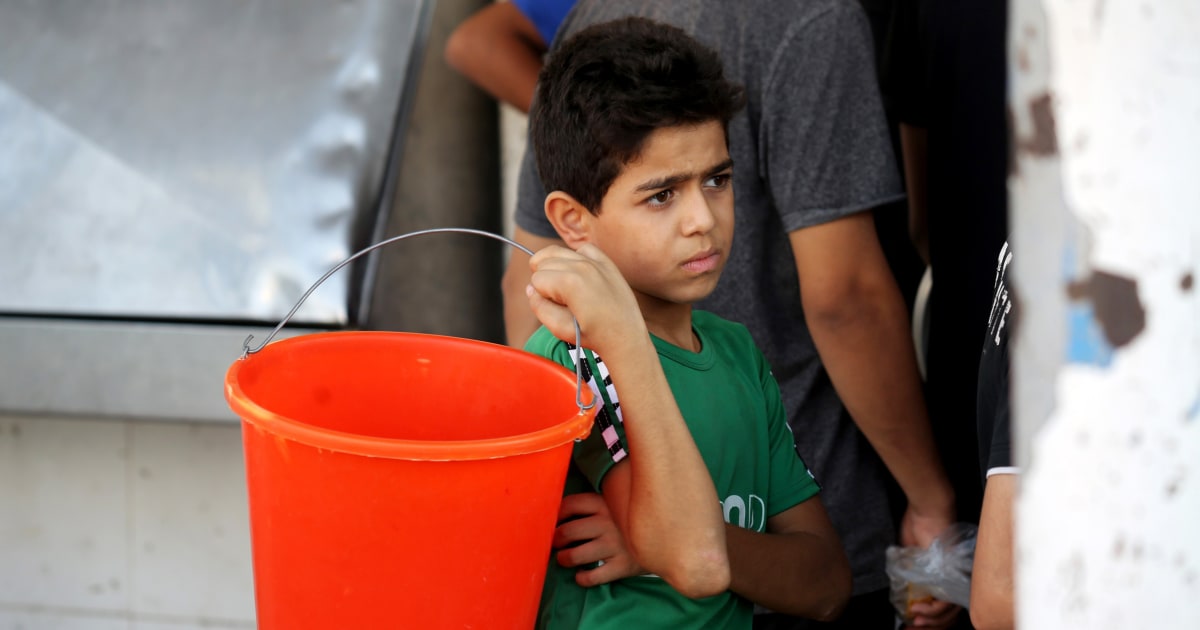Key takeaways:
- Residents of the Gaza Strip are struggling to survive without access to basic necessities.
- Truckloads of aid have been idling at Egypt’s border with Gaza as humanitarian groups plead for water, food and fuel for dying generators.
- The international community must come together to provide the necessary resources to ensure the safety and wellbeing of the people of Gaza.
The Gaza Strip is facing a humanitarian crisis after Israel announced a full blockade of the area following Hamas’ Oct. 7 attack. The attack left at least 1,400 people dead and about 200 people taken hostage. The blockade has prevented food, water and fuel from entering the area, home to 2 million people.
Residents of the Gaza Strip are struggling to survive without access to basic necessities. Aburahma, 22, an architecture student who fled northern Gaza with her family last week ahead of Israel’s threatened ground invasion, said she hasn’t taken a shower for four days. The taps in the besieged Gaza Strip are running dry, and residents are scrambling to save every last drop of water as the shortage reaches a crisis point.
Truckloads of aid have been idling at Egypt’s border with Gaza as humanitarian groups plead for water, food and fuel for dying generators. U.S. Secretary of State Antony Blinken announced a trip to the region early Tuesday in Tel Aviv during his second visit to Israel in less than a week amid fears that the fighting could expand into a broader regional conflict.
The situation in Gaza is dire and the people are in desperate need of aid. The international community must come together to provide the necessary resources to ensure the safety and wellbeing of the people of Gaza. Without immediate action, the crisis will only continue to worsen.



Be First to Comment